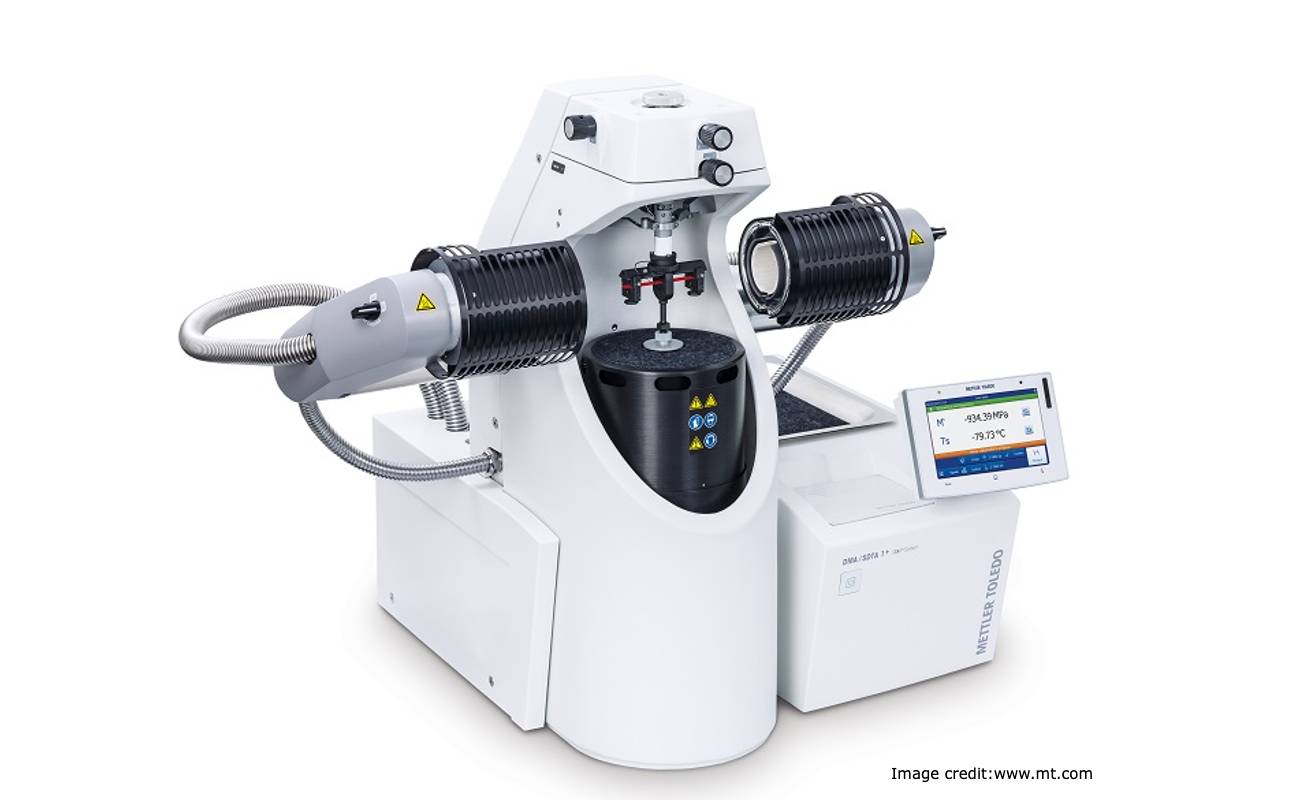Dynamic Mechanical Analysis (DMA); What is it and how to interpret data for formulation optimization?
Dynamic mechanical analysis (DMA) is a powerful tool for optimizing formulations in various industries. DMA measures the mechanical properties of materials as a function of time, temperature, and frequency, providing information on how a material responds to applied forces. Interpretation of DMA data can help formulators optimize their formulations to meet specific performance requirements.
DMA analysis provides a wealth of information on the viscoelastic properties of materials. Viscoelasticity is a measure of a material's ability to resist deformation and recover its original shape after being subjected to an external force. It is a critical parameter for many applications, including adhesives, coatings, polymers, and composites. DMA data can help identify the viscoelastic properties of a material, such as its storage modulus (E'), loss modulus (E"), and loss tangent (tan δ).
The storage modulus is a measure of a material's ability to store elastic energy, and it is proportional to the stiffness of the material. A high storage modulus indicates that the material is rigid and has a high resistance to deformation. On the other hand, a low storage modulus indicates that the material is soft and has a low resistance to deformation. The loss modulus is a measure of the energy dissipated by the material when subjected to an external force. A high loss modulus indicates that the material is viscous and has a low ability to recover its original shape. A low loss modulus indicates that the material is elastic and has a high ability to recover its original shape.
The loss tangent is the ratio of the loss modulus to the storage modulus and is a measure of the damping properties of a material. A high loss tangent indicates that the material is highly damping and dissipates energy when subjected to an external force. A low loss tangent indicates that the material has low damping properties and does not dissipate much energy when subjected to an external force.
Interpretation of DMA data can help formulators optimize their formulations. For example, if a material has a low storage modulus and a high loss modulus, it may be too soft and lack rigidity. In this case, the formulator may need to increase the cross-link density or add a filler to increase the material's stiffness. If a material has a high loss tangent, it may not be suitable for applications that require low damping properties, such as high-speed machinery or vibration damping. In this case, the formulator may need to modify the formulation to reduce the damping properties of the material.
In addition to providing information on the viscoelastic properties of materials, DMA can also provide information on the glass transition temperature (Tg) of polymers. The Tg is the temperature at which a material transitions from a rigid, glassy state to a rubbery, viscous state. DMA analysis can help identify the Tg of a material, which is important for applications such as coatings, adhesives, and composites. The Tg can be used to optimize the processing conditions of the material, as well as its performance properties.
In conclusion, interpretation of DMA data is a critical step in optimizing formulations for various applications. DMA can provide information on the viscoelastic properties and Tg of materials, which can be used to modify the formulation to meet specific performance requirements. DMA analysis is a powerful tool that can help formulators develop high-performance materials for a wide range of applications.
To make full use of DMA, don't forget to checkout the expert recommended online trainings on DMA.

